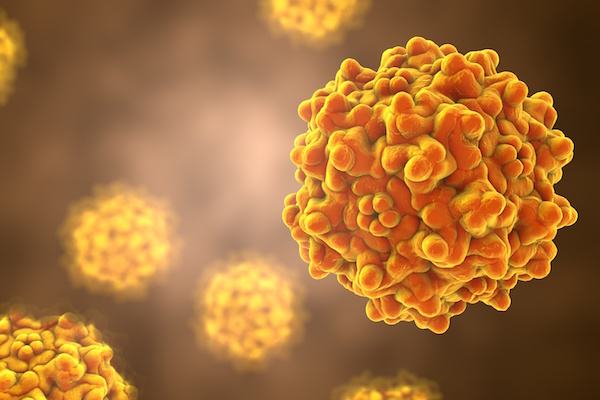
TUESDAY, May 19, 2015 (HealthDay News) — Using electronic health records to issue reminders about human papillomavirus (HPV) vaccination for young females significantly increased the number of patients who got the vaccine, which protects against cervical cancer.
That’s the finding of a new study that included more than 6,000 patients who, along with their doctors, received reminders via electronic health records. A control group of more than 9,000 did not receive reminders.
Patients aged 9 to 18 in the reminder group were nearly three times more likely to start the three-shot vaccination series and 10 times more likely to complete it than those in the control group.
Patients aged 19 to 26 were six times more likely to start the vaccination series and eight times more likely to complete it than those in the control group.
The benefits of the reminder were especially strong among black females, according to the study published recently in the Journal of the American Board of Family Medicine.
“This age demographic often includes a group of patients that typically don’t go to the doctor as often as other groups unless they are ill,” study author Dr. Mack Ruffin, a professor of family medicine at the University of Michigan Medical School in Ann Arbor, said in a university news release.
“We found that simply alerting patients and providers during an office appointment increased uptake and completion of the HPV vaccine series. Our findings suggest that these prompts through the electronic health system may be a valuable tool in encouraging more people to protect themselves from cancer,” said Ruffin, who is also a researcher at the Comprehensive Cancer Center and member of the Institute for Healthcare Policy and Innovation.
Nearly all cervical cancers are believed to be caused by HPV, the most common sexually transmitted disease. Only about 30 percent of adolescent females receive HPV vaccination, and nearly two-thirds of those who start the vaccination series don’t finish it, according to the study.
For HPV vaccination to make a difference, 80 percent of the target population needs to start and complete the vaccination series, Ruffin noted.
“We’re a long way away from achieving the HPV vaccination rates we’d like to see, but our findings potentially identify another valuable step in helping us get closer to our goal,” he said.
More information
The U.S. Centers for Disease Control and Prevention has more about HPV vaccination.
Copyright © 2025 HealthDay. All rights reserved.

